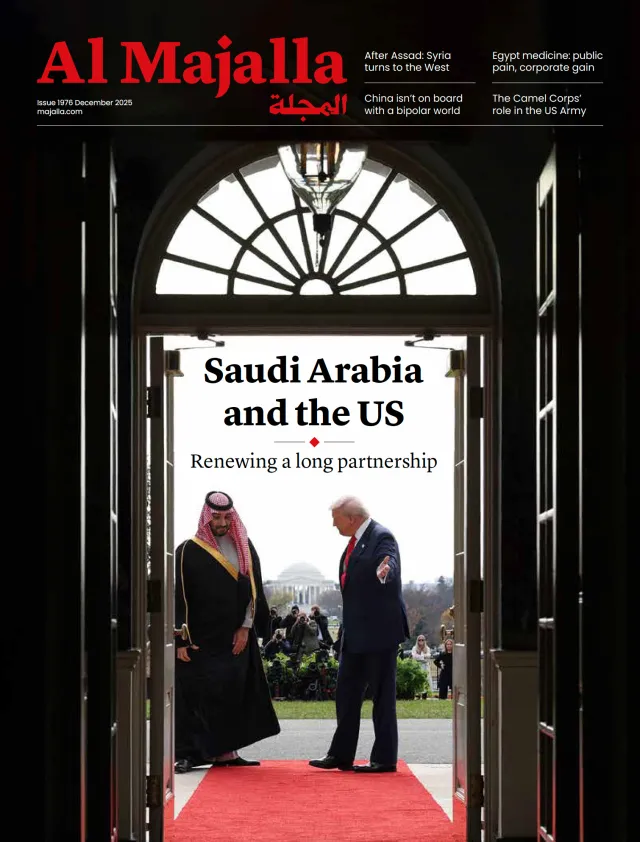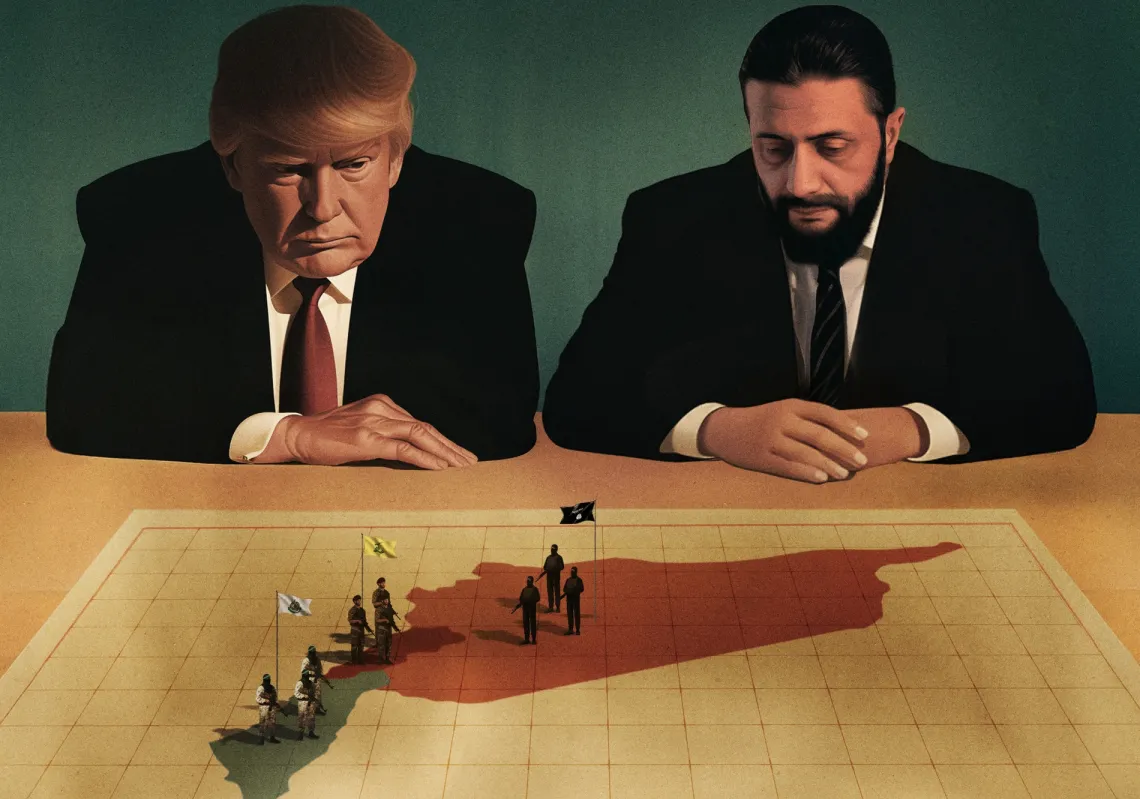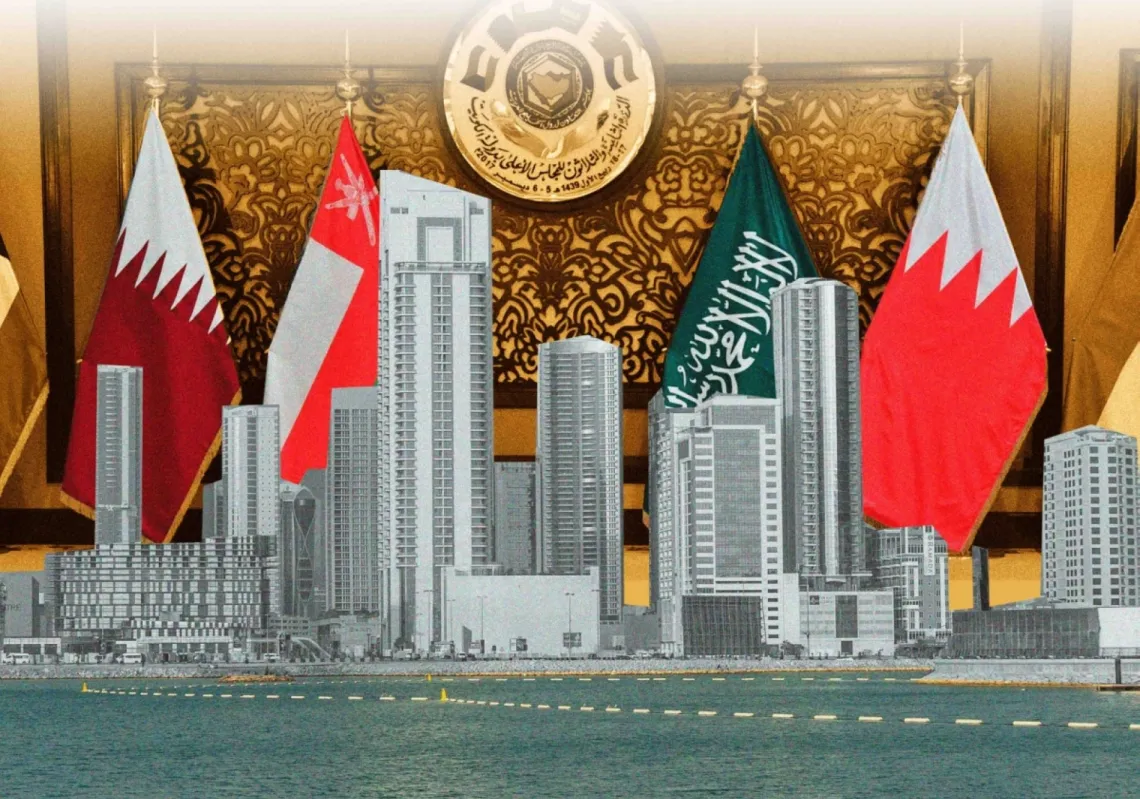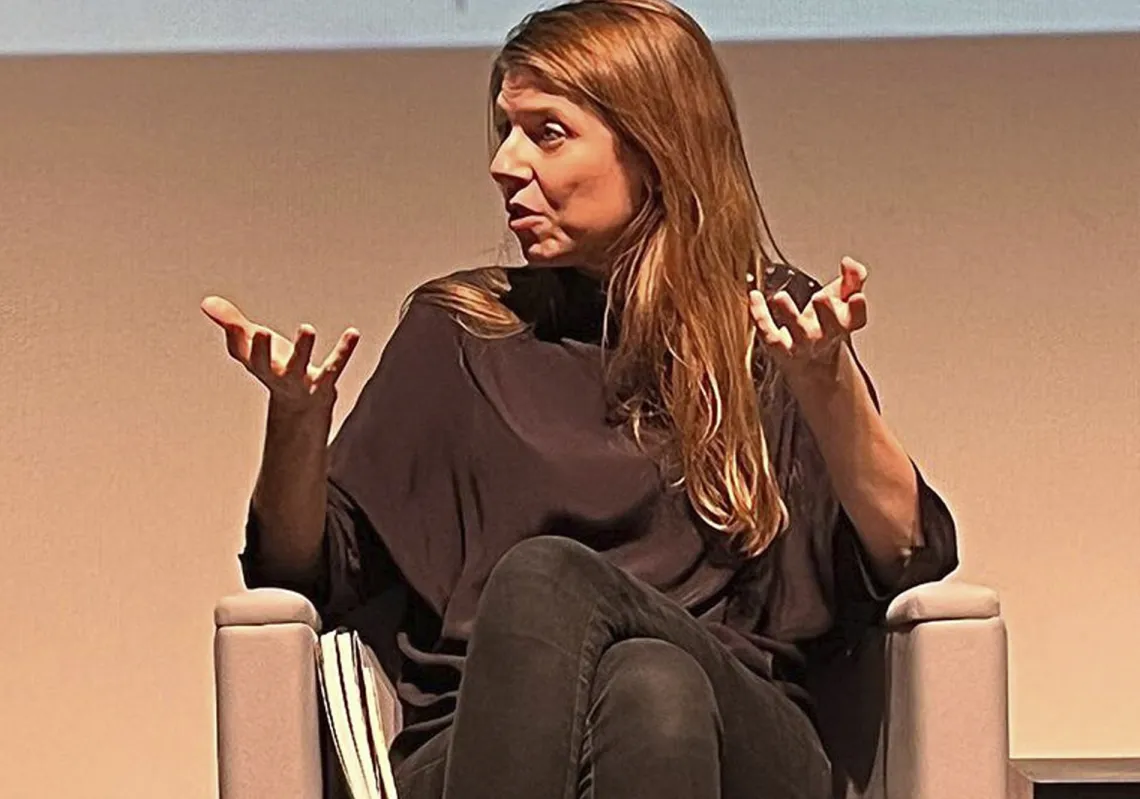Geopolitically, these are giddy days. The global landscape is being redrawn in real time. At the centre of it all is the evolving relationship among the world’s three largest nuclear powers: the United States, Russia, and China.
The White House administration of Joe Biden, whose one-term tenure ended in January, largely sought to contain China and Russia. His successor, Donald Trump, is taking a different approach. During his first term, Trump sought strategic engagement with Moscow and Beijing, albeit in erratic fashion. His second-term vision centres on the strategic isolation of China by way of an American détente with Russia.
This strategy marks a radical departure from the historical US precedent set by Richard Nixon (president from 1969-74) and Henry Kissinger (US national security advisor from 1969-75 and US secretary of state from 1973-77). They embraced Communist China to isolate America’s great Cold War rival, the Soviet Union. Half a century later, Trump’s vision is a reversal of that.
Some see Trump’s return to the White House as an opportunity to realign global power structures, but today’s world is vastly different from the bipolar world of the Cold War. The conditions that let Nixon and Kissinger cleave China from the USSR no longer exist. Trying to replicate that strategy in a multipolar world is likely to fail.

Complex relationship
The China-Russia relationship has been characterised as a volatile mix of ideological alliance, mutual suspicion, and pragmatic cooperation. Following the Chinese Civil War, Mao Zedong’s communist China aligned itself with the Soviet Union, hoping that their shared Marxist-Leninist underpinnings would ensure an enduring bond.
The 1950 Sino-Soviet Treaty of Friendship seemed to suggest it would, but by the early 1960s, ideological disputes—exacerbated by Soviet leader Nikita Khrushchev's de-Stalinisation campaign and Mao's own radicalism—led to a Sino-Soviet split. By 1969, they were engaged in violent border clashes, risking a nuclear crisis. Beijing found itself aligning tacitly with Washington against Moscow.
In the early 1990s, the dissolution of the Soviet Union was both an opportunity and a challenge for China. The newly independent Russia, struggling to avoid economic collapse and political instability, initially looked to the West, seeking membership in NATO and a table at the G7, while Chinese leader Deng Xiaoping initiated pragmatic reforms. China rapidly emerged as an economic powerhouse.
By the early 2000s, US domination meant that both nations were moving closer to the American economic orbit. China and Russia saw themselves as world powers but had little say over how the post–Cold War world was structured.


















